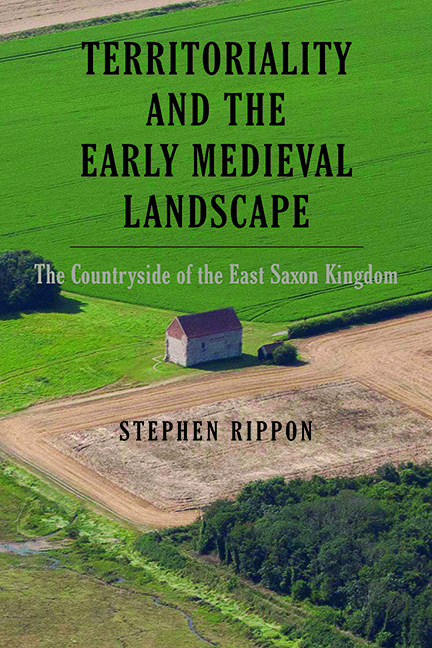Book contents
- Frontmatter
- Dedication
- Contents
- List of Illustrations
- List of tables
- List of Abbreviations
- Acknowledgements
- Glossary
- Preface
- Part I Background
- Part II The Early Folk Territories
- Part III Discussion and Analysis
- Appendix 1 Domesday Population Densities Across the ‘Rochford Peninsula’ Early Folk Territory
- Appendix 2 Sites Used in the Analysis of Animal Bone Assemblages
- Appendix 3 Sites Used in the Analysis of Charred Cereal Assemblages
- Bibliography
- Index
- Garden and Landscape History
- Frontmatter
- Dedication
- Contents
- List of Illustrations
- List of tables
- List of Abbreviations
- Acknowledgements
- Glossary
- Preface
- Part I Background
- Part II The Early Folk Territories
- Part III Discussion and Analysis
- Appendix 1 Domesday Population Densities Across the ‘Rochford Peninsula’ Early Folk Territory
- Appendix 2 Sites Used in the Analysis of Animal Bone Assemblages
- Appendix 3 Sites Used in the Analysis of Charred Cereal Assemblages
- Bibliography
- Index
- Garden and Landscape History
Summary
THERE SEEMS TO BE a fascination in Britain with kings and queens, royal palaces and their associated treasure. This book has been about a kingdom – that of the East Saxons – but it has tried to provide a new perspective: rather than studying monarchs, governance and royal sites, it has focused on the wider landscape. The preceding chapters have shown how the kingdom of the East Saxons comprised a series of districts, a few of which are referred to in contemporary documents as regiones or pagi but which in this study have been called ‘early folk territories’, as this reflects the association between landscape and the communities who lived there. These early folk territories clearly existed by the early eighth century but appear to have been transformed into new administrative districts – known as hundreds – in the mid to late tenth century. There have been previous attempts – not always very successful – at reconstructing individual regiones, but the aim of this study was to see whether such territories covered the entire landscape of a kingdom. The answer is that they probably did, and this reconstruction of early folk territories across an entire Anglo-Saxon kingdom was achieved through interdisciplinary research that integrated a wide range of archaeological, documentary and place-name evidence within a spatial framework provided by the historic landscape (as depicted on nineteenth-century Ordnance Survey 1st edition six-inch maps). It has also been shown that the East Saxon early folk territories shared many characteristics, including polyfocal central places (comprising a royal vill, minster church and communal assembly place) usually located towards the geographical centre of the territory and close to the best agricultural land. The early folk territories invariably embraced a wide range of physical environments (and hence land-use zones), with their boundaries typically running through areas of low agricultural potential such as the watersheds between river valleys. This same approach towards dividing up the landscape is found both in areas that saw Anglo- Saxon immigration and in areas where local British populations survived, suggesting that, while the physical character of the landscape helped shape the form taken by early folk territories, it was social agency that determined the identities of the communities living there.
- Type
- Chapter
- Information
- Territoriality and the Early Medieval LandscapeThe Countryside of the East Saxon Kingdom, pp. 277 - 294Publisher: Boydell & BrewerPrint publication year: 2022



